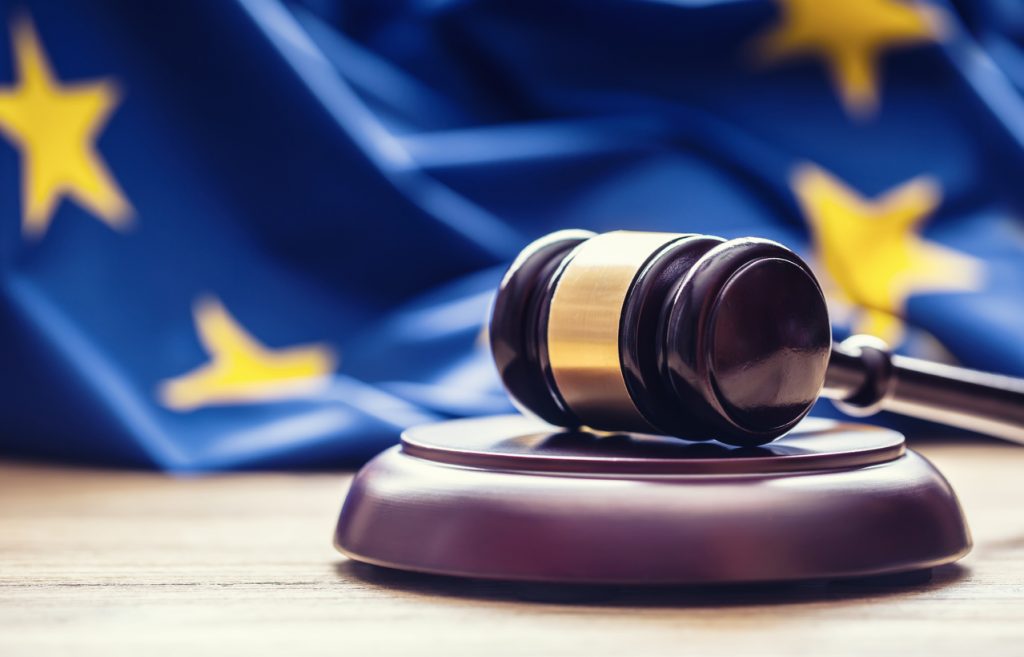In light of the massive increase in popularity and use of Non-Fungible Tokens (NFTs) in recent years, as well as the increasing value attached to such NFTs, which extends from a few cents to a few million, the EU Intellectual Property Office (EUIPO) announced that it is currently inundated with applications containing terms relating to virtual goods (such as virtual clothing, bags, and accessories) and NFTs, particularly in the metaverse. In order to classify these virtual goods and tokens, the EUIPO recently published its approach.
The EU Intellectual Property Office has published a proposed approach for classifying NFTs and virtual goods
The EUIPO states that every downloadable content belongs in Class 9. The Office defines “virtual goods” as non-physical objects that are bought and utilized in online communities or online games, which often make up the metaverse. Since virtual goods are considered to be digital content or images, they all belong to Class 9.
According to the EUIPO, during the classification process, attention must be paid to the correct description. For example, the terms “downloadable goods” and “virtual goods” are unclear and ambiguous, and the content of virtual goods must be specified. A good example would be ‘downloadable virtual goods,’ also known as ‘digital art.’
The Nice Classification 12th Edition includes the phrase “downloadable digital files authenticated by NFTs.” NFTs are defined in this context as unique digital certificates that are registered in a blockchain and are used to record the ownership of an item such as a digital artwork or a collectible. The term is not understood to refer to the digital item itself, but rather to an approach of certification that cannot be used for classification purposes. ‘Downloadable digital art authenticated by an NFT’ is an acceptable example.
The Office further stated that the existing principles for service classification shall be followed when classifying services related to virtual products and NFTs. Class 35’s “establishment of an online marketplace for downloadable digital art images authenticated by NFTs” would be an acceptable illustration of this (Advertisement, business management, organization and administration, office functions).
The list of EU IP Firms can be found here.
